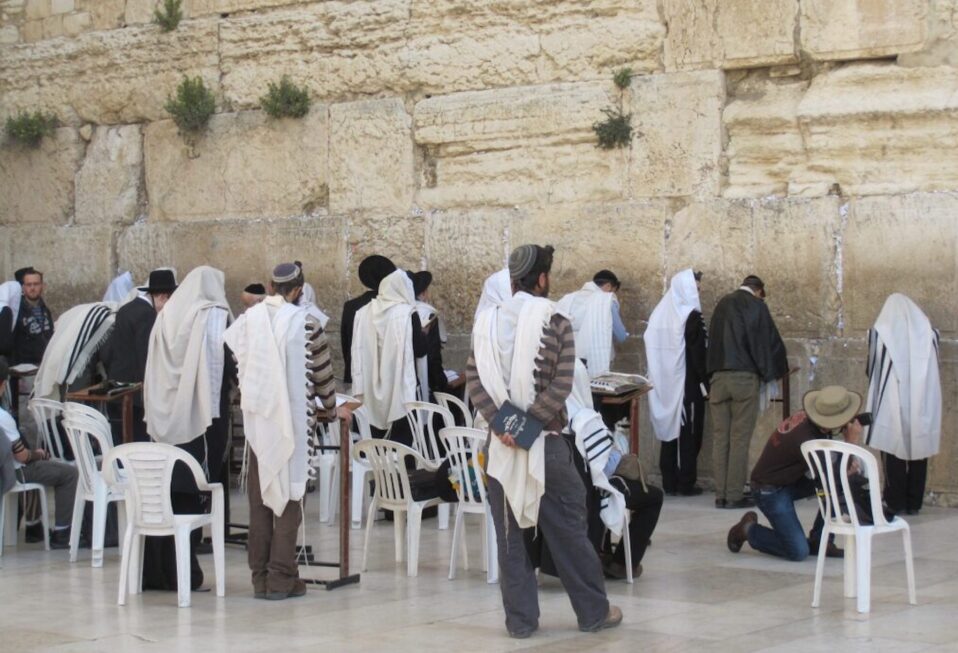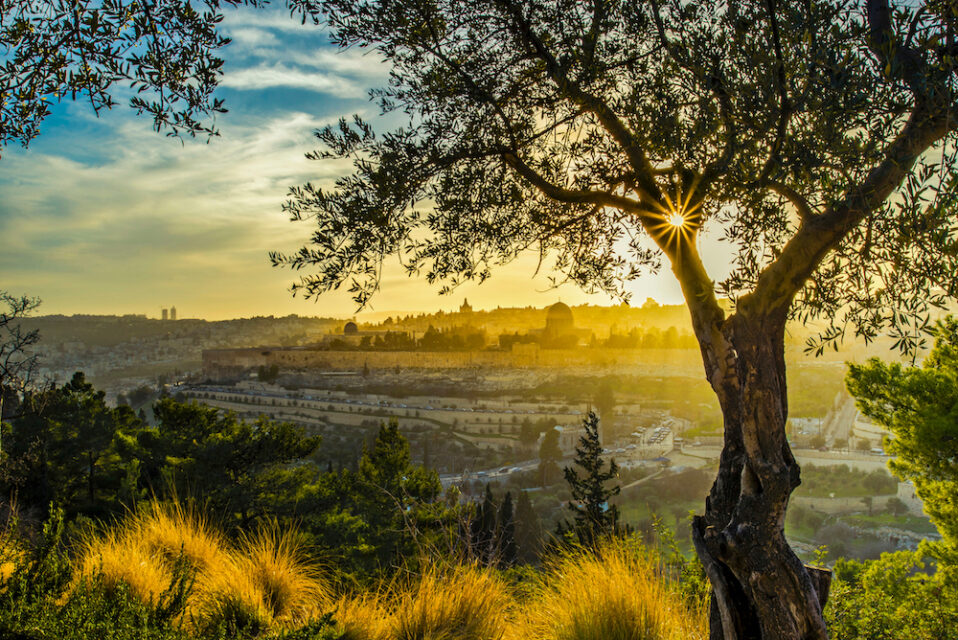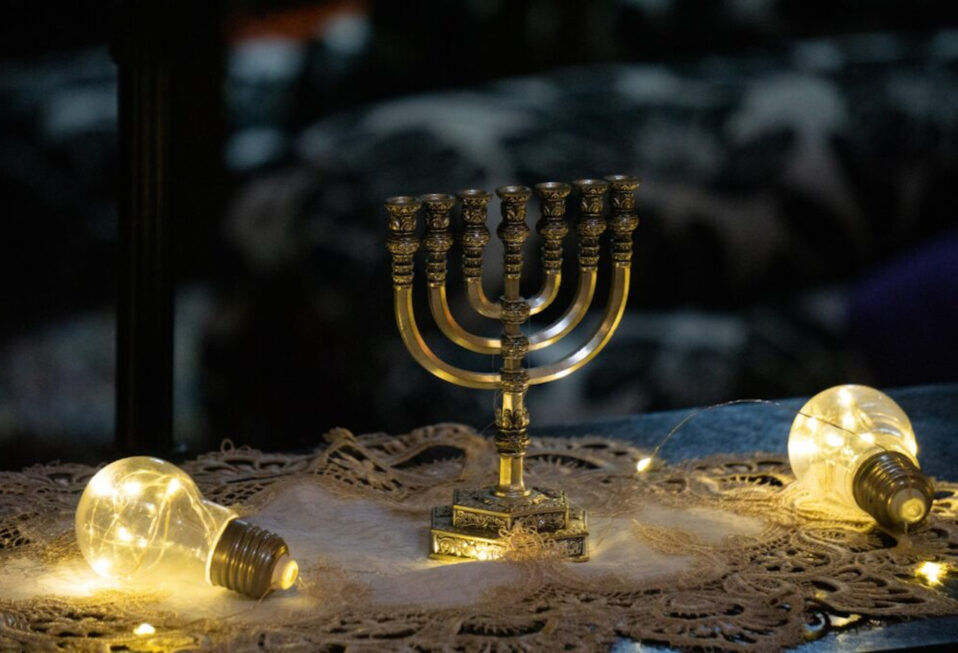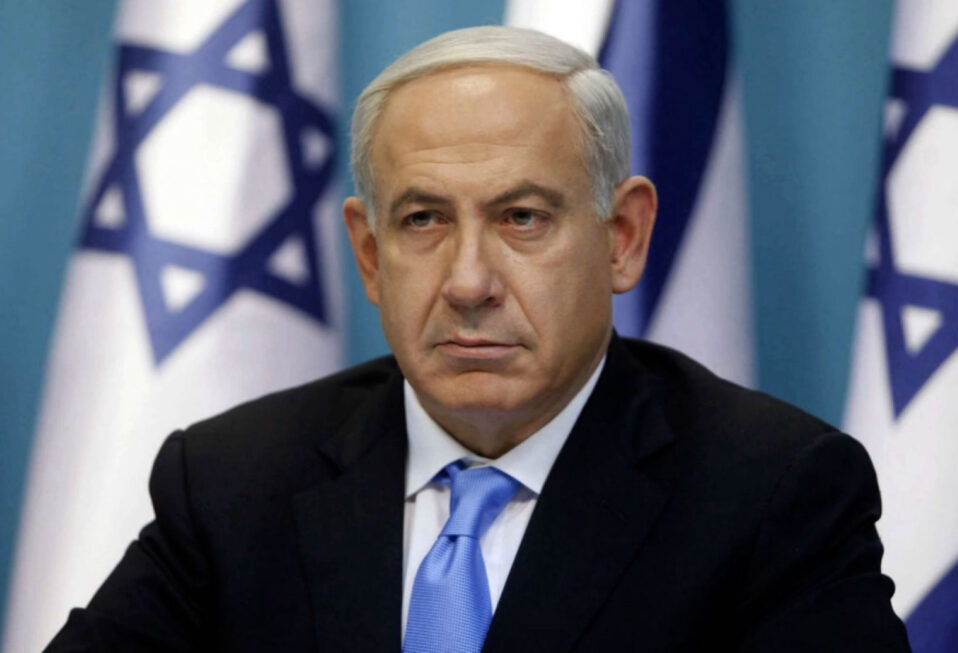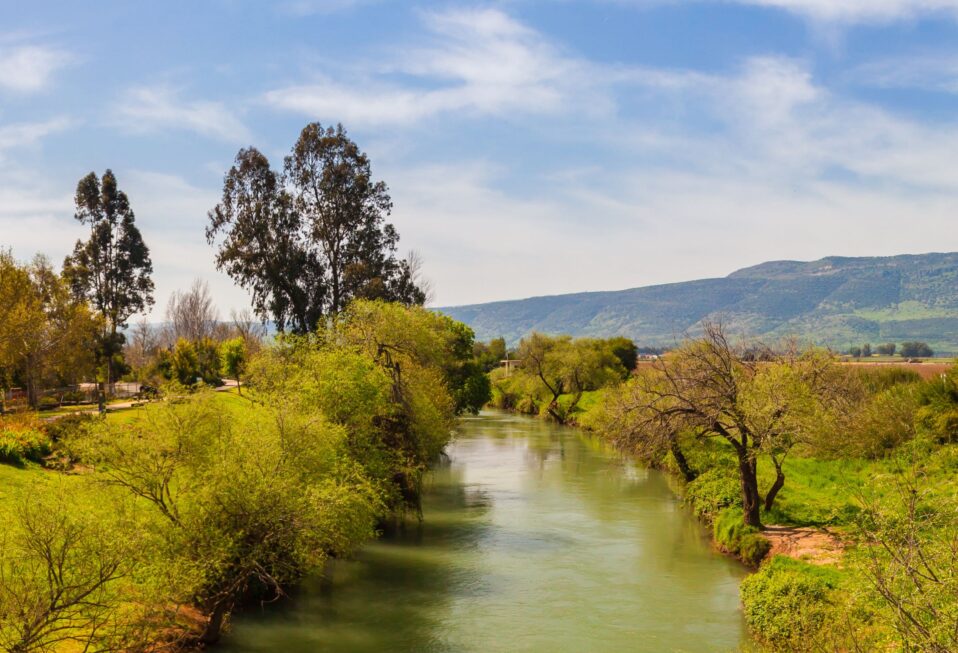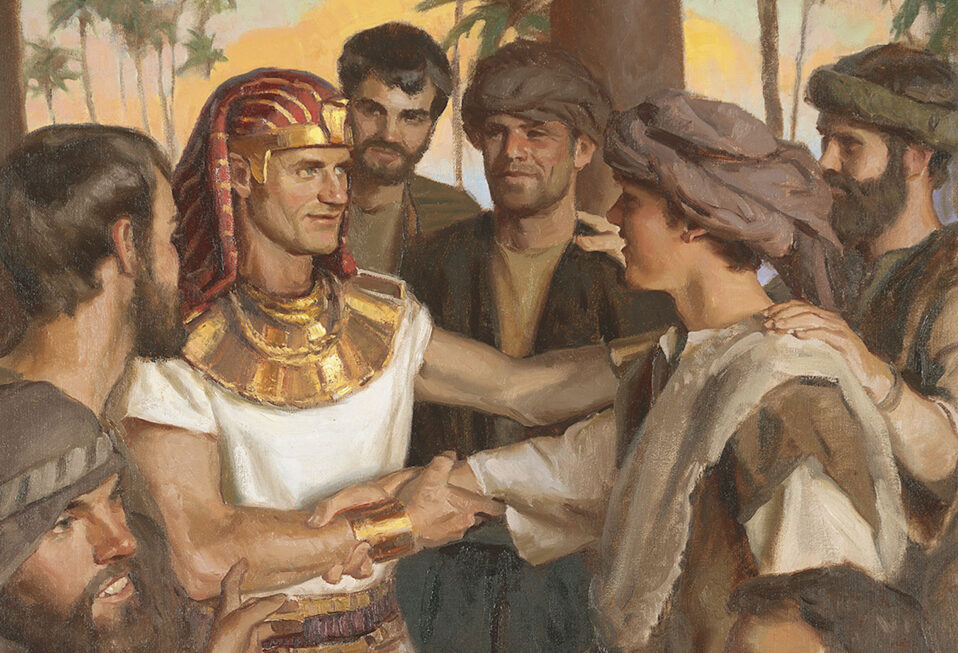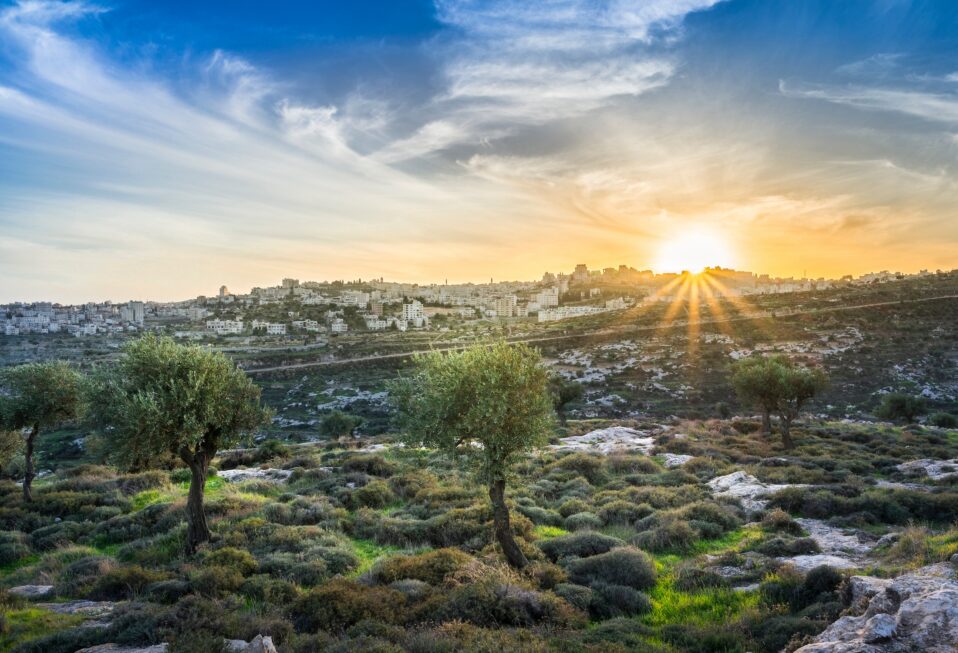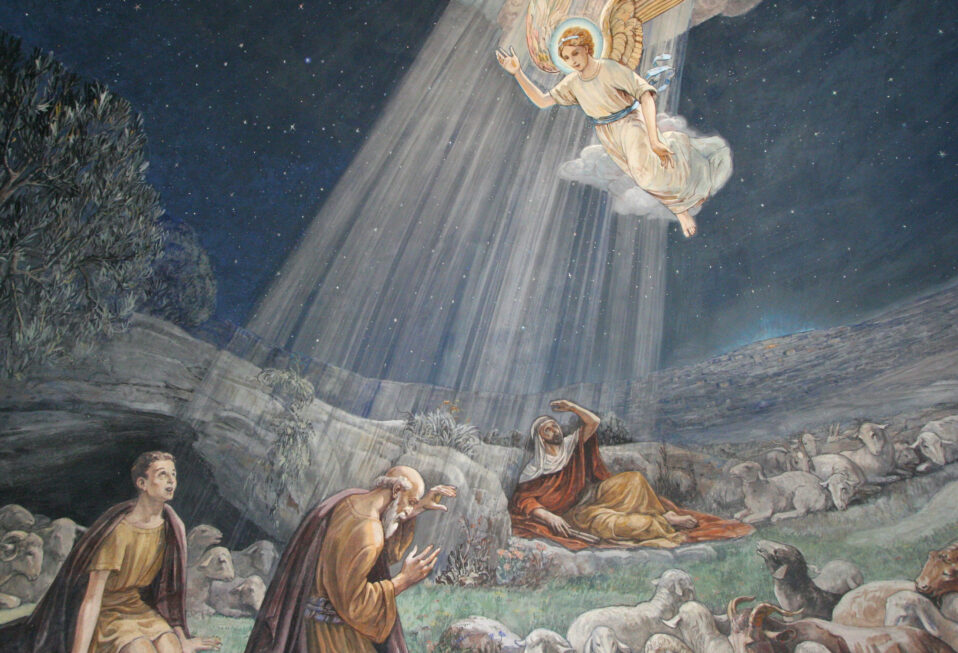By Arlene Bridges Samuels
Last week, my attention was seized by an exclusive Reuters headline that quickly spread to media worldwide. Two-and-a-half tons of uranium stored in ten barrels had gone missing in Libya. I had just finished reading the New York Times best-selling author Joel Rosenberg’s newest book, The Libyan Diversion. Tyndale, his publisher, had sent me the Advanced Reader Copy so I could write a book review. The new book, exploding with electrifying twists and turns, comes out on May 16, 2023. Nevertheless, Rosenberg’s newest thriller landed on Tyndale’s desk before the Reuters headline news on March 15. Joel had once again unearthed troubling possibilities not widely known on the world stage.
It is easy to assume that Joel is a modern-day prophet, yet he in no way claims to belong in that genre. True, this is not the first time that his readers might deem him as prophetic about a serious issue that rightly holds Israel’s attention. After all, Joel wrote his first novel, The Last Jihad, nine months before 9/11. That story included terrorists hijacking a plane and flying it into an American city. With the Middle East’s Islamic regime on a steady march to obtain nuclear weapons—of uppermost importance in Israel’s security strategies—Joel sizes up another dimension of reality and writes a “what if” scenario. And another bestseller is born.
Making Aliyah to Israel in 2014 with his wife Lynn and their four sons, the Israeli-American author chose to feature the North African nation of Libya in his upcoming book. Rosenberg’s thriller is not only an entertaining adrenaline rush but also a wakeup call. The unstable Muslim country has no diplomatic relationship with Israel. In fact, Libya is among 36 nations that do not recognize Israel’s sovereignty. Libya aligns with the Palestinians instead. Despite having a population of just 7.5 million people, Libya’s considerable land mass makes it the fourth-largest country in Africa and the 16th-largest country in the world. Libya is constantly enmeshed in power grabs between tribes, militias, political parties, and regions. Governed by lawlessness, violence, unpredictability, and chaos, Libya is a place where human rights are scarce. Amnesty International calls a powerful militant faction within the desert nation a “catalogue of horrors.”
The International Atomic Energy Agency (IAEA) was set to inspect Libya’s uranium storage location last year. However, security concerns forced that process to be cancelled. The inspection finally took place recently and the IAEA announced the missing barrels. Although the IAEA—the United Nations’ watchdog for nuclear compliance and threats—then announced that the 10 missing barrels of uranium had been located, the Libyan sources are questionable. Briefly, the uranium (U-235 isotopes) can undergo enrichment to produce energy by fission for use in nuclear weapons. The uranium is housed at a remote location and contains enough U-235 to build a nuclear bomb if enriched via centrifuges to over 90 percent.
According to Dr. Edwin Lyman from the Union of Concerned Scientists, the incident raised questions about IAEA’s capability to maintain a continuity of knowledge over nuclear materials in countries containing active conflict zones. My conclusion: Whether the missing barrels are found or not, the uranium storage areas are not being adequately monitored. Anything can go wrong when lawless groups run a country.
Islamic forces like Al Qaeda are at war internally. Several efforts to form a stable government have failed, with Libya also courted by outside countries with competing interests. Egypt, France, Saudi Arabia, UAE, and Russia back the Libyan National Army (LNA), while Turkey, Italy, and Qatar side with the Government of National Unity (GNU). It is no wonder that a crowd of nations is lined up against the country, since Libya has the largest oil reserves in Africa and the ninth largest worldwide. Simply put, Libya is oil rich and security poor. Relying on any information relayed by the factions in Libya is suspect.
The current U.S. State Department travel warnings to Americans sound the alarm: “Do not travel to Libya due to crime, terrorism, civil unrest, kidnapping, and armed conflict. Crime levels in Libya remain high, including the threat of kidnapping for ransom. Westerners and U.S. citizens have been targets of these crimes.”
When you read The Libyan Diversion, you will quickly note that Rosenberg’s famous good guy protagonist, CIA’s Marcus Ryker, did not heed any U.S. State Department warnings. Ryker has appeared in four previous thrillers: The Kremlin Conspiracy, The Persian Gamble, The Jerusalem Assassin, and The Beirut Protocol. In The Libyan Diversion, Ryker is again under presidential orders and plans a complex, secretive incursion into Libya that goes shockingly sideways. The author enters new territory in the pages of The Libyan Diversion, where Christians are on the ground in nearby Yemen’s desert carrying out a humanitarian outreach. It turned Ryker’s best-laid logistics into a personal and professional nightmare.
Winston Churchill once coined a famous saying about Russia. It is also a good description of Joel’s book about the unexpected. With a racing pulse you will discover more than terror strategies in Joel’s own version of “a riddle, wrapped in a mystery, inside an enigma.” The story seats you in the cockpit with an F-35 American pilot flying in a North African dust storm, sitting in the Oval office with decision makers, sitting in on Ryker’s decision to outhustle U.S. intelligence, and entering the evil mind of Abu Nakba, commander of the Kairos terrorist organization. Joel’s turn of a phrase usually pops up in all his books. This time, he called the terrorist’s threats “a terrorist Ted Talk.”
Joel named the terror organization aptly, since kairos means “the right, critical, or opportune moment.” In ancient Greek archery, kairos is the moment when the archer sees the perfect opening to shoot his arrow to hit his target. Stunned, you will discover Abu Nakba’s colossal plans for Kairos. Edging toward Nakba’s plan in the last quarter of the 450-page book, Joel writes as if powered by brain waves in high gear with tight narrative taking readers on new, even higher Rosenberg action descriptions. I was practically out of breath amid gunfire and astonishing twists—mournfully asking myself if I would ever see Marcus Ryker again.
Joel Rosenberg’s skill in weaving facts about patriotism, Israel’s modern history, and the Islamic regime’s danger is entertainment with a purpose. He matches these important inclusions with good taste, compassion, and integrity while magnifying the importance of close relationships. His talent far exceeds the other terror thrillers I read. For Christians, Jews, and readers at large, his books are a win-win.
On a personal note, I first met Joel in 2009. It has been my pleasure to observe God’s favor on him writing 17 novels and five nonfiction books—with five million copies in print. He and Lynn founded The Joshua Fund in 2006, a non-profit charity motivating Christians to “bless Israel and her neighbors in the name of Jesus.” Donations have amounted to more than $50 million in humanitarian aid for Holocaust survivors, Syrian and Israeli refugees, and to strengthen Middle Eastern churches. Joel is also the founder and editor-in-chief of two news and analysis websites, www.allisrael.com and www.allarab.com. Weekly, you may watch The Rosenberg Report on the Trinity Broadcast Network each Thursday evening. Be sure to order The Libyan Diversion via Amazon or Lifeway books and look forward to a great read in May 2023.
I welcome you this week to join our CBN Israel team to pray, remembering 2 Corinthians 6:14: “For what partnership has righteousness and lawlessness, or what fellowship has light with darkness?”
Prayer Points:
- Pray for many thousands of Libyan children and adults who face violence daily.
- Pray for the miraculous formation of a stable Libyan government.
- Pray that barrels of uranium will not arrive in Iran to be spun into nuclear-grade enrichment in centrifuges.
- Pray that IAEA can plan a creative way to inspect Libya’s uranium storage.
- Pray for Joel Rosenberg and his family as he leads enormously effective projects to educate and activate evangelicals.
Arlene Bridges Samuels pioneered Christian outreach for the American Israel Public Affairs Committee (AIPAC). After nine years on AIPAC’s staff, International Christian Embassy Jerusalem USA engaged her part-time as Outreach Director for their project, American Christian Leaders for Israel. Arlene is an author at The Blogs-Times of Israel, guest columnist at All Israel News, and has frequently traveled to Israel since 1990. She co-edited The Auschwitz Album Revisited and is a board member for Violins of Hope South Carolina. Arlene attends Israel’s Government Press Office Christian Media Summit and hosts her devotionals, The Eclectic Evangelical, on Facebook.



